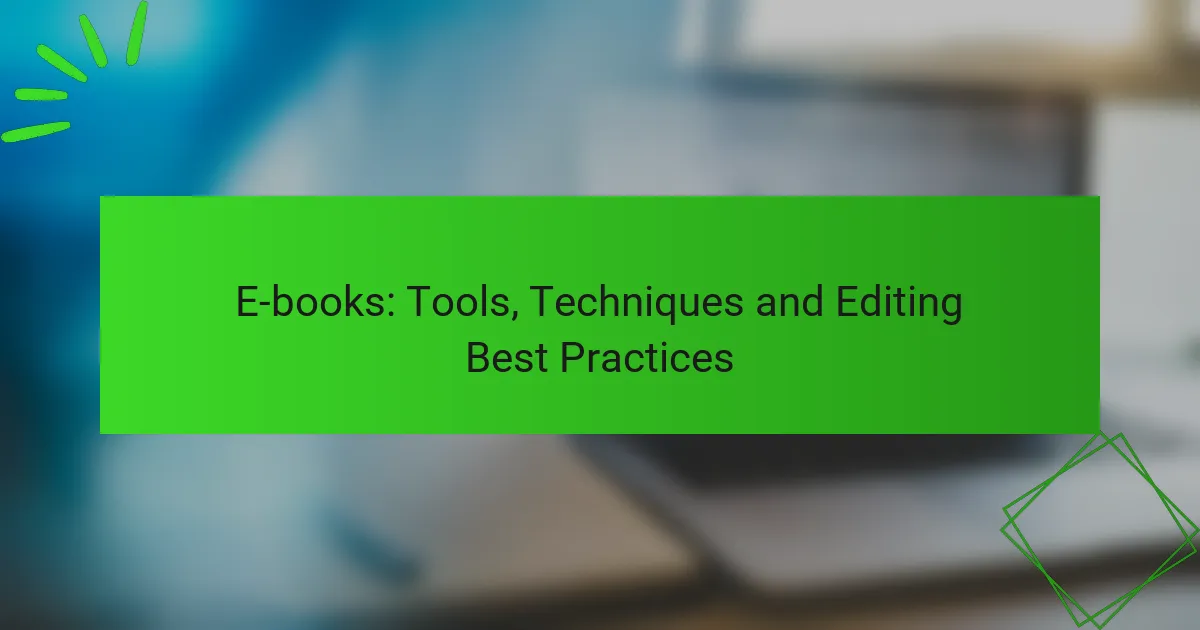Incorporating video content into online courses is a powerful strategy to boost learner engagement and retention. By utilizing dynamic formats such as microlearning videos and live streaming sessions, educators can create visually appealing experiences that captivate students’ attention. Additionally, leveraging the right tools for video production and editing can further enhance the quality and effectiveness of the learning experience.

How can video content enhance engagement in online courses?
Video content significantly enhances engagement in online courses by providing dynamic and visually appealing learning experiences. It captures learners’ attention more effectively than traditional text-based materials, fostering better retention and understanding of the subject matter.
Interactive video features
Interactive video features allow learners to engage directly with the content, making the learning experience more immersive. Elements such as clickable quizzes, polls, and branching scenarios can be integrated into videos, enabling students to make choices that affect the outcome or flow of the lesson.
For example, a video on a historical event could include questions that prompt viewers to think critically about the material, reinforcing their learning. Consider using platforms that support these features, as they can significantly increase participation rates.
Personalized learning experiences
Personalized learning experiences through video content cater to individual learner needs and preferences. By offering options such as adjustable playback speed, subtitles in multiple languages, or tailored content based on previous performance, courses can better accommodate diverse learning styles.
In practice, this means that a student struggling with a concept can slow down the video or revisit specific sections, enhancing comprehension. Implementing user profiles that track progress can further personalize the learning journey, making it more relevant and engaging.
Gamification elements
Incorporating gamification elements into video content can significantly boost learner motivation and engagement. Features like points, badges, and leaderboards create a sense of competition and achievement, encouraging students to complete courses and participate actively.
For instance, a course could reward learners with badges for watching videos, completing quizzes, or participating in discussions. This approach not only makes learning fun but also fosters a community among learners, enhancing overall course satisfaction and completion rates.

What are effective video formats for online courses?
Effective video formats for online courses include microlearning videos, live streaming sessions, and animated explainer videos. Each format serves unique purposes and can significantly enhance learner engagement and retention.
Microlearning videos
Microlearning videos are short, focused clips typically lasting between one to five minutes. They deliver specific content in digestible segments, making it easier for learners to absorb information without feeling overwhelmed.
To implement microlearning effectively, identify key concepts and break them down into concise videos. This approach is particularly beneficial for busy learners who prefer quick, on-the-go learning opportunities.
Live streaming sessions
Live streaming sessions allow instructors to engage with students in real-time, fostering interaction and immediate feedback. These sessions can vary in length but often last from 30 minutes to two hours, depending on the topic and audience needs.
When planning live sessions, consider scheduling them at times that accommodate your audience’s availability. Encourage participation through Q&A segments and polls to maintain engagement throughout the session.
Animated explainer videos
Animated explainer videos use visuals and storytelling to simplify complex topics, making them accessible and engaging. These videos can range from one to several minutes, depending on the depth of the subject matter.
To create effective animated videos, focus on clear narratives and vibrant visuals that complement the content. This format is particularly useful for illustrating processes or concepts that benefit from visual representation, enhancing understanding and retention.
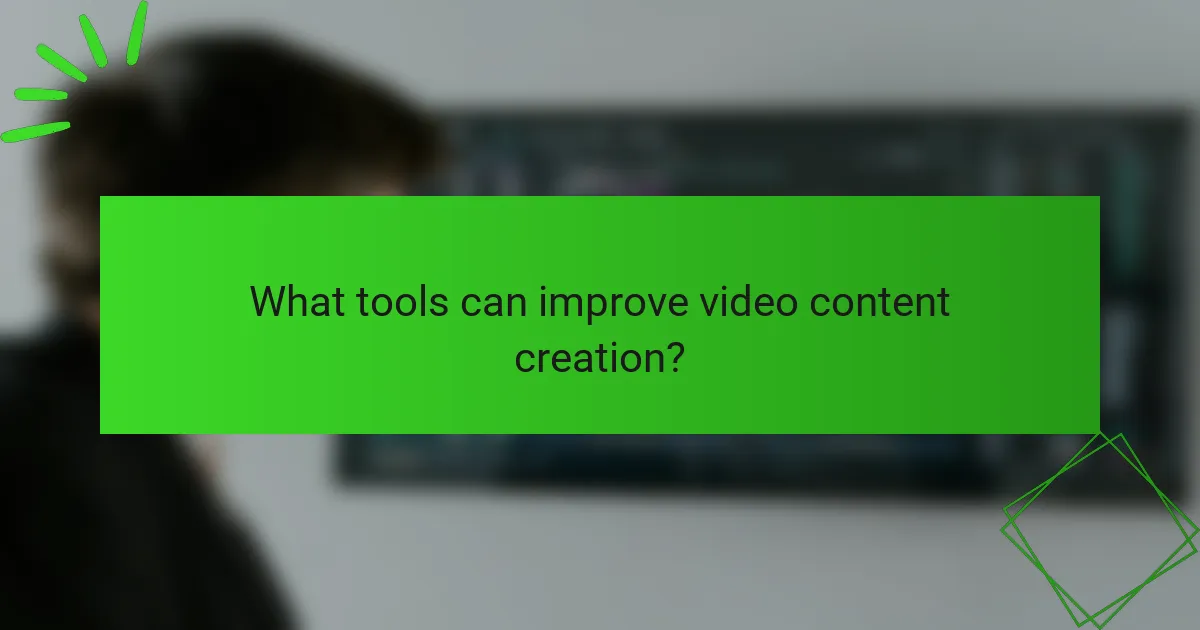
What tools can improve video content creation?
Several tools can enhance video content creation by streamlining editing, production, and hosting processes. Utilizing the right software can significantly increase engagement and improve the overall quality of online courses.
Camtasia for editing
Camtasia is a user-friendly video editing tool ideal for educators and course creators. It allows users to easily record their screen, edit videos, and add annotations or effects, making it suitable for creating instructional content.
When using Camtasia, focus on its drag-and-drop interface to simplify the editing process. Avoid overusing effects that may distract from the main content; instead, use them to emphasize key points.
Adobe Premiere Pro for production
Adobe Premiere Pro is a professional-grade video production software that offers advanced features for detailed editing. It supports various formats and integrates well with other Adobe products, making it a versatile choice for high-quality video creation.
Consider using Premiere Pro if you need more control over video elements, such as color grading and audio mixing. However, be prepared for a steeper learning curve compared to simpler tools like Camtasia.
Vimeo for hosting
Vimeo is a robust platform for hosting video content, offering features tailored for educators and businesses. It provides privacy settings, customizable players, and analytics to track viewer engagement, which are essential for online courses.
When choosing Vimeo, take advantage of its privacy options to control who can view your videos. Additionally, consider using its analytics to refine your content based on viewer behavior and preferences.
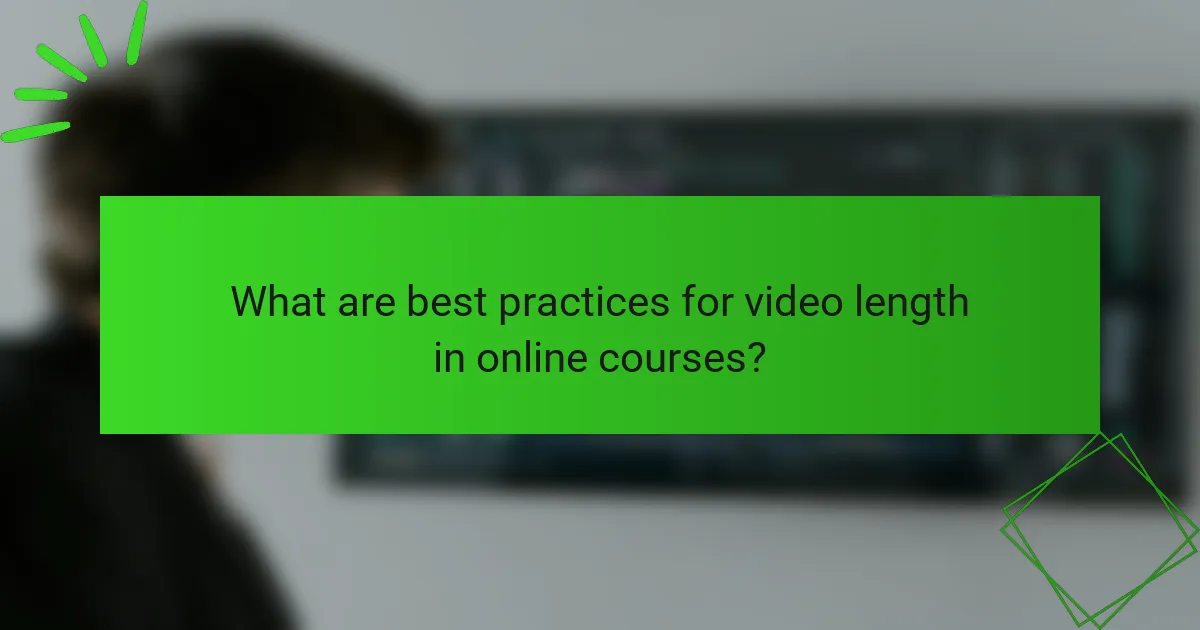
What are best practices for video length in online courses?
Best practices for video length in online courses suggest that shorter videos, typically under 10 minutes, enhance learner engagement and retention. For more complex topics, consider breaking content into segmented videos to maintain attention and facilitate understanding.
Short videos under 10 minutes
Videos that are under 10 minutes are ideal for capturing and maintaining learner attention. This duration allows for focused content delivery without overwhelming students. Aim for concise explanations and clear visuals to maximize impact.
To create effective short videos, identify key concepts and present them clearly. Use engaging visuals and examples to illustrate points, and consider including interactive elements like quizzes to reinforce learning.
Segmented content for longer topics
For longer topics, segmented content is essential to keep learners engaged. Break down complex subjects into smaller, manageable videos, each focusing on a specific aspect of the topic. This approach helps learners digest information more effectively.
When creating segmented content, ensure each video has a clear objective and flows logically from one to the next. Use consistent branding and style to create a cohesive learning experience. Additionally, consider providing summaries or key takeaways at the end of each segment to reinforce learning.
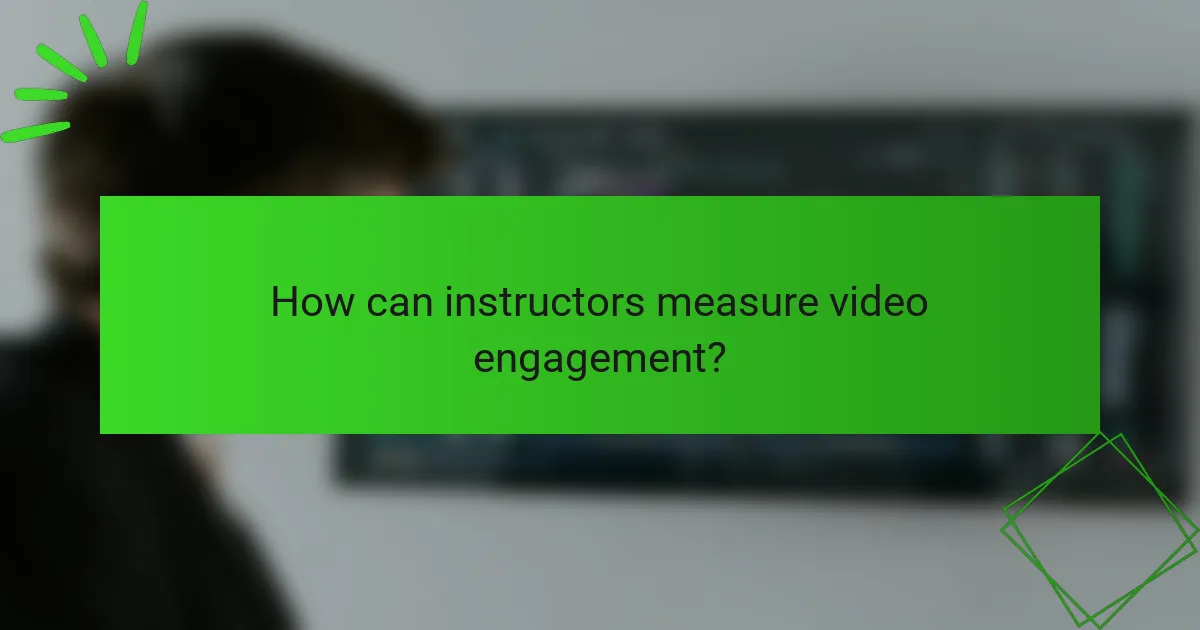
How can instructors measure video engagement?
Instructors can measure video engagement through various metrics that indicate how viewers interact with their content. Key indicators include view duration, click-through rates, and audience retention, which help assess the effectiveness of video materials in online courses.
Analytics tools like Google Analytics
Google Analytics is a powerful tool for tracking video engagement metrics. By integrating it with your video hosting platform, you can monitor user behavior, such as how long they watch videos and where they drop off. This data helps instructors identify which parts of their videos are most engaging or need improvement.
In addition to Google Analytics, other platforms like Vimeo and YouTube offer built-in analytics that provide insights into viewer demographics, engagement rates, and playback locations. Using these tools can help instructors tailor their content to better meet the needs of their audience.
Engagement metrics tracking
Engagement metrics tracking involves monitoring specific data points that reflect how viewers interact with videos. Important metrics include average view duration, percentage of video watched, and the number of replays. These figures can reveal which sections resonate with learners and which may require adjustments.
Instructors should regularly review these metrics to identify trends over time. For example, if a video consistently shows a drop-off at a certain point, it may indicate that the content is too complex or unengaging. Adjusting the pacing or adding interactive elements can enhance viewer retention and overall engagement.
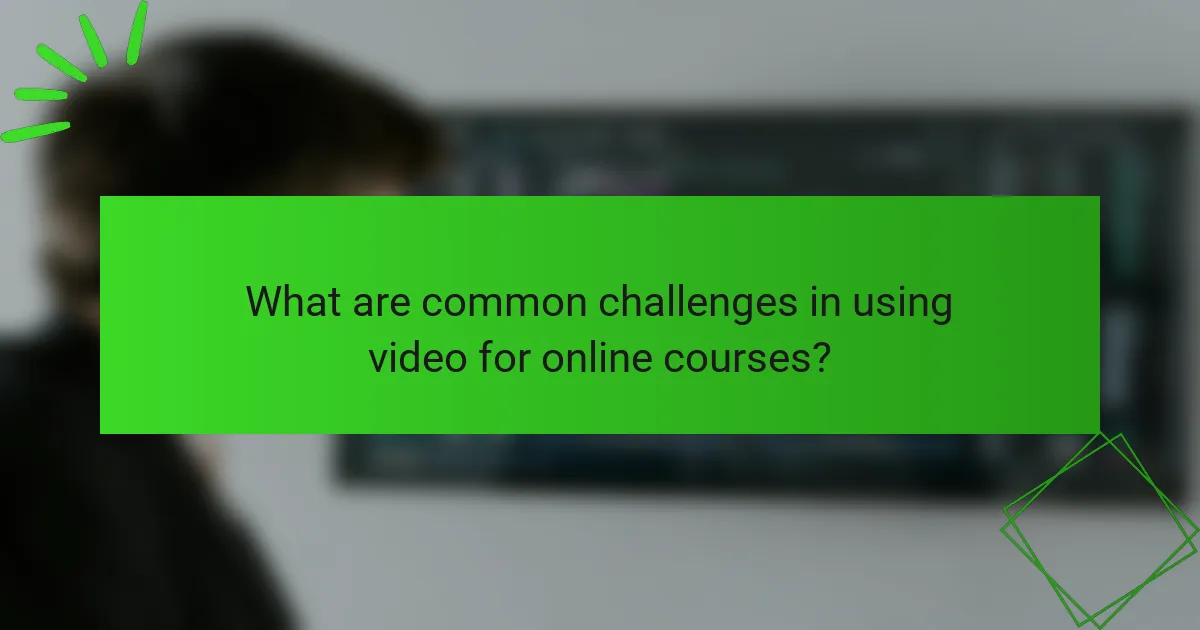
What are common challenges in using video for online courses?
Common challenges in using video for online courses include technical issues with streaming and student distraction during videos. These obstacles can hinder engagement and learning outcomes, making it essential to address them effectively.
Technical issues with streaming
Technical issues can significantly disrupt the learning experience in online courses. Problems such as buffering, low video quality, or audio delays can frustrate students and lead to disengagement. Ensuring a stable internet connection and using reliable video hosting platforms are crucial steps to mitigate these issues.
To enhance streaming quality, consider using adaptive bitrate streaming, which adjusts video quality based on the viewer’s internet speed. Additionally, providing downloadable content can allow students to access materials offline, reducing reliance on streaming.
Student distraction during videos
Student distraction during videos is a prevalent challenge that can impact retention and comprehension. Factors such as multitasking, environmental noise, or lack of interactivity can divert attention away from the content. To combat this, incorporating interactive elements like quizzes or discussion prompts can keep students engaged.
Setting clear expectations for video viewing can also help. Encourage students to find a quiet space and minimize distractions, and consider breaking longer videos into shorter segments to maintain focus. Providing a structured outline of the video content can guide students and help them stay on track.







